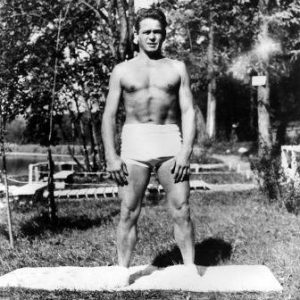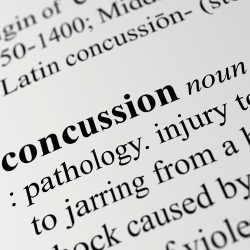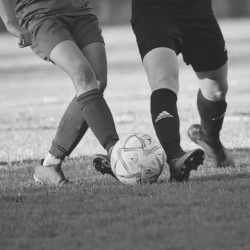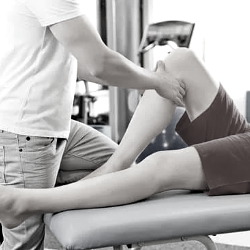What is Pilates?
Posted on October 10, 2016 by Movement Health in Just saying.., Pilates

What is Pilates? A popular belief I encounter fairly regularly regarding this question seems to be; ‘Pilates is that stretchy, core thing’. In an Exercise Physiology/Physical Therapy/Rehab setting Pilates based exercises are often used as an exercise treatment for back injuries. I feel there’s a bit more to Pilates so here goes:
Pilates was a man (picture above), Joseph Pilates was born in Germany in 1883 and as a child experienced a variety of illnesses, because of this he dedicated himself to exercise and improving his physical condition. Jo trained as a gymnast and boxer; he also studied yoga, body-building and martial arts. When World War One started Jo was working in England as a circus performer and was subsequently interned. With lots of time and a population of idle interns to work with he began to integrate his exercise experiences into what he called ‘Contrology’. Following the war Jo migrated to New York where he established the first Pilates studio and spent the rest of his life evolving his ideas. This was the beginnings of what is now referred to as Pilates.
Jo called his system Contrology because it emphasised his belief that the mind controlled the body and the exercises had at their foundation a number of principles to guide this process. Jo’s vision was for people to engage in their own health, he preferred intelligence over brawn and he believed the exercises to be the foundation on which all of your daily activities are built. Through these exercises Jo wanted people to ‘Return to Life’ (the name of his book first published in 1945). It’s my belief that having lived in World War One Europe and Depression era New York that Jo saw a lot of people struggling, wanted to help and saw exercise as the way.
So what do I believe Pilates is? I believe every Pilates exercise has a skill that will help us, there are exercises that:
- Help us use our diaphragm to breathe optimally.
- Teach us to use our spine segmentally.
- Position our bodies in ways that aid venous return/lymphatic circulation.
- Practise the ‘hip hinge’ action that’s so important in functional activities.
- Utilise the ‘cross patterning’ used during gait.
- Challenge the vestibular system via rolling.
There’s definitely more skills than I’ve covered above, however you get the idea.
Pilates exercises are then presented during a workout in a sequenced way that builds (with time and practise) an improved level of movement efficiency, allowing the body to move in all directions with ease, grace and control.
So time for the elevator pitch, what is Pilates?
I believe that, ‘Pilates is a system of whole-body movement education’.
Thanks for reading, Warwick..
“You can say what Pilates is in these words: Stretch with strength and control. And the control part is the most important because it makes you use your mind.” ROMANA KRYZANOWSKA, PILATES ELDER
“Physical fitness is the attainment and maintenance of a uniformly developed body with a sound mind fully capable of naturally, easily and satisfactorily performing our many and varied daily tasks with spontaneous zest and pleasure.” JOSEPH PILATES





